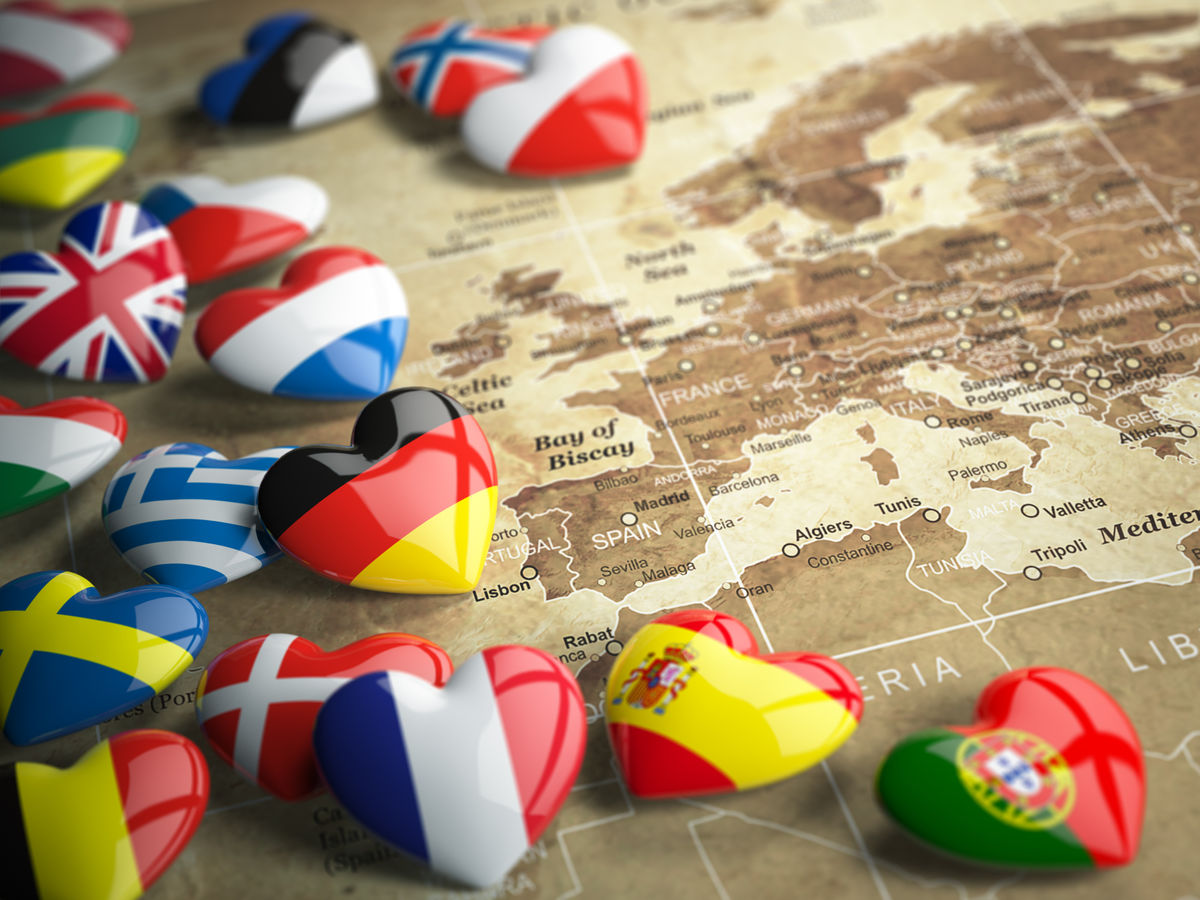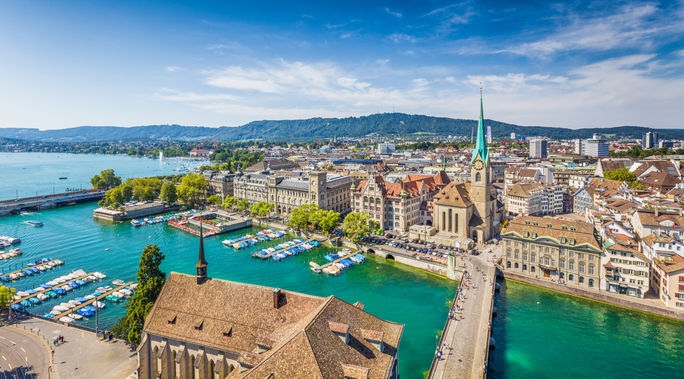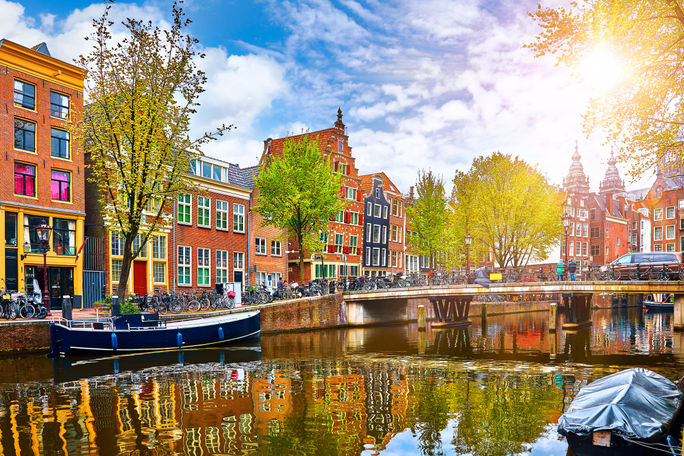Travelers Shift to Cooler and More Affordable European Destinations This Summer

Travelers are
increasingly choosing less-visited European destinations for their summer
vacations this year, bypassing the more traditional hotspots.
Recent data
provided to Bloomberg
by Chase Travel highlights significant year-over-year tourism increases in less
frequented, but equally iconic cities, like Brussels, Munich, Zurich and
Warsaw.
It’s worth noting
that Chase Travel’s data, which is based on cardmember spending, still
indicates London,
Paris
and Rome are receiving the highest number of summer bookings, but growth in
these alternative destinations is more rapid and attention-grabbing.
Industry experts attribute
this trend primarily to skyrocketing prices in popular Mediterranean
locations, such as Italy’s
Amalfi Coast, and the record-breaking heat seen across Europe
in recent years. It doesn’t help that inflation drove average luxury hotel room
rates on the continent above $1,700 in 2023, per Virtuoso
data—nearly double the $900 figure from 2019.
Misty Belles, Virtuoso’s vice
president for global public relations, expects these rates to climb by another 9
percent this summer, further influencing travelers’ booking choices.

City Center in Zurich, Switzerland. (Photo Credit: Adobe Stock/JFL Photography)
Sharing Virtuoso’s
observations, which confirm Chase’s findings, Belles told the outlet, “We’re
seeing a desire to go to locations or destinations where the rates aren’t so
exorbitant. If you can’t afford Italy, or France
or some of the traditional destinations, Belgium
is going to be better value.”
For instance, a Google Hotels search shows
five-star hotel rooms in Brussels available for under $500 during the first
week of June, compared to pricing that’s closer to $900 in Paris.
Additionally, global
travelers are seeking out such alternate destinations in hopes of avoiding the sweltering
heat waves seen across the continent over the past few years. 2023 was Europe’s
second-hottest on record overall, with each month of 2024 thus far continuing
to see new record highs. With temperatures reaching up to 118°F in regions like
Sardinia last summer, the cooler 75°F average highs in Zurich are becoming
vastly more attractive.
Then, there’s the
intensity of the crowds in Europe’s most popular areas. “Last summer, Europe
was so very crowded, on top of being unbelievably hot,” Belles added. The unappealing
combination of these weighty factors is driving more people toward destinations
in northern Europe, with Virtuoso reporting a 33 percent increase in bookings
to The
Netherlands, a 31 percent rise to Austria
and a 26 percent boost to Germany—a country that could use a tourism boost.
“Don’t worry about
Italy, it’s going to be fine,” Belles assured. “But other parts of Europe are
starting to attract significant numbers.”

Historic buildings and channel in Amsterdam’s historic center. (Photo Credit: Adobe Stock/Yasonya)
Unfortunately, for
at least one of the places on the top 10 list of Chase Travel’s fastest-growing
European destinations, increased tourism is a distinctly unwelcome development.
The Netherlands’ historic capital city of Amsterdam,
which is already extremely popular among visitors from the rest of the continent,
actually launched a “stay
away” campaign last year, telling drunken British tourists in particular to
choose someplace else for their revels.
Rebecca Masri,
founder of the luxury travel app Little Emperors, suggests a compromise for
those who are determined to visit perenially popular destinations despite the
challenges. She recommends doing so after Labor Day, noting that the
traditional European summer season now extends beyond August. She told Bloomberg,
“Our high season for places like Italy and Greece is now September.”
Here is a list of Europe’s
fastest-growing summer destinations, according to Chase Travel.
Ranking |
Destination |
Year-Over-Year Growth |
| 1 | Brussels, Belgium | 73 percent |
| 2 | Munich, Germany | 63 percent |
| 3 | Zurich, Switzerland | 59 percent |
| 4 | Warsaw, Poland | 55 percent |
| 5 |
Amsterdam, The Netherlands |
54 percent |
| 6 | Vienna, Austria | 53 percent |
| 7 | Shannon, Ireland | 53 percent |
| 8 |
Zagreb, Croatia |
51 percent |
| 9 |
Prague, Czech Republic |
49 percent |
| 10 | Budapest, Hungary | 48 percent |
For the latest travel news, updates and deals, subscribe to the daily TravelPulse newsletter.
Topics From This Article to Explore
Related
Brits forced to pay fee to visit these 30 countries…
UK tourists will be required to pay a fee to visit 30 countries in Europe under new European Union (EU) travel rules.The rules mean British holidaymakers will n
The beautiful European island with just 148 locals
Irakleia is a beautiful island in the Minor Cyclades of Greece, nestled in the heart of the Aegean Sea and just an hour away from Naxos. Officially recorded t
Warning issued for Brits flying easyJet and Ryanair to popular…
Passengers flying with Ryanair, easyJet and British Airways should expect disruption (Picture: Urbanandsport/NurPhoto via Getty Images) Passenge










